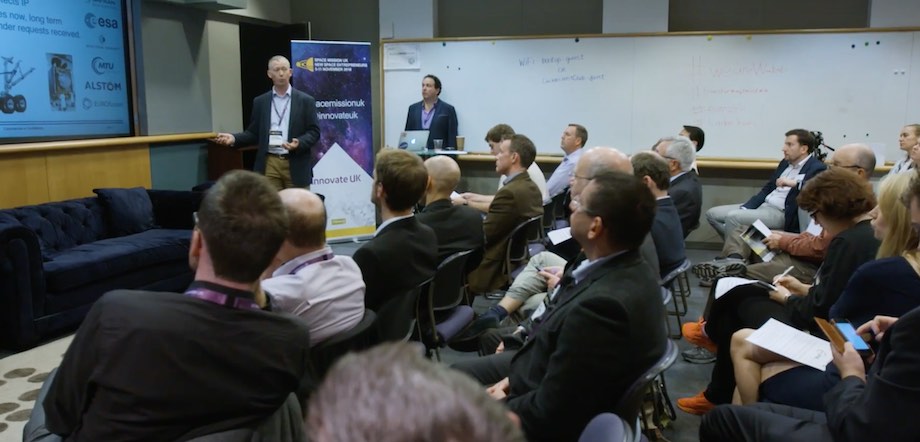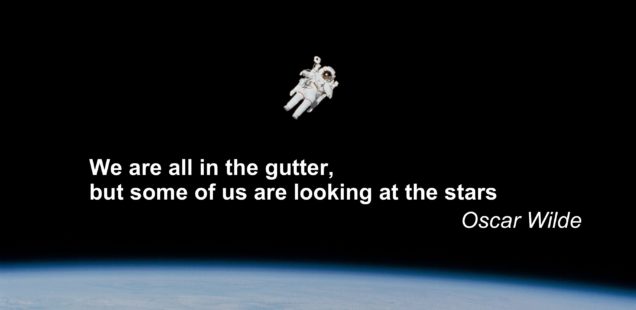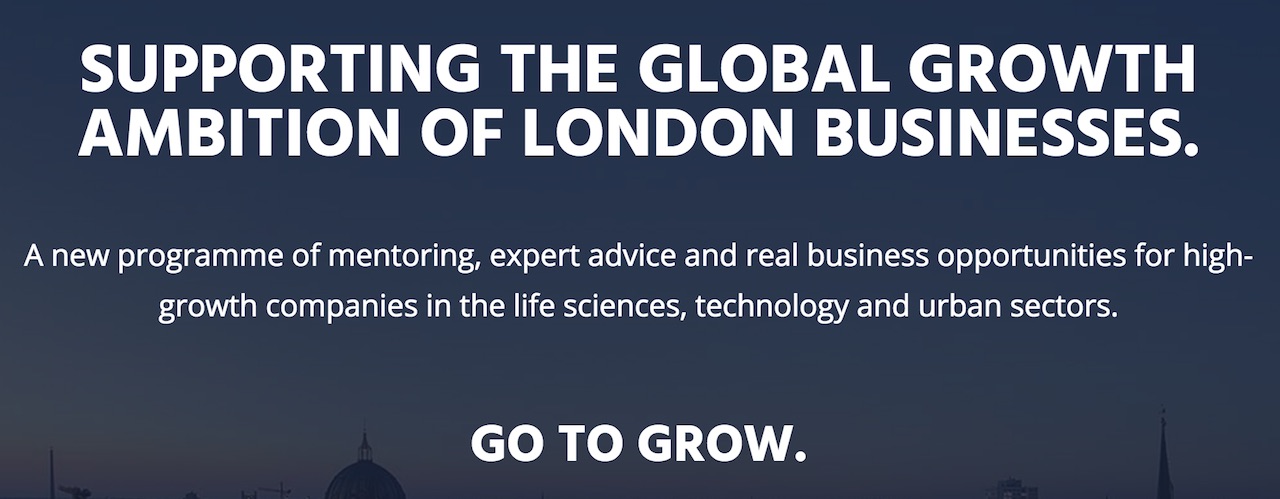Digital Mission Blog
 The Digital Mission series is run by Chinwag to support UK-based digital companies expand into new markets and attract overseas investment.
The Digital Mission series is run by Chinwag to support UK-based digital companies expand into new markets and attract overseas investment.
China for Startups: 5 Things You Should Know
Startling economic growth, a colossal population with staggering spending power and a large, active and growing investment community are just a few of the reasons why startups are beginning to ponder the opportunities in China.
China’s got money
“China’s got money” explained Bo Ji, Assistant Dean at Cheung Kong Graduate School of Business (CKGSB) speaking at China Venture: The Ultimate Guide for Startups hosted at Runway East.
“In my lifetime we’ll see China double the size of the US economy”, he continued. The Economist backs this view, predicting China will surpass the size of the US by 2024, with most pundits believing it’ll happen before then.
Forbes’ latest China Rich List counts over 370 billionaires. The Chinese investment industry is growing quickly, too, with fundraising reaching $60bn in the first half of 2016 and the launch of 909 new funds.
Much has been made of China’s economic slowdown: 6.9% in 2015, down from a 2005 peak of 12%. A figure over which Western politicians would be doing a celebratory jig, especially when it translates to an additional $790bn in the economy.
Look pretty in Tier 1, make money in Tier 2 and 3
China is big. We all know China is big. But how big? There are 662 cities in China and by some accounts 105 of them with populations over 1m. To make sense of this number Chinese cities are often grouped into tiers.
The obvious choice for any company entering China is to target the Tier 1 megacities: Shanghai, Beijing, Guangzhou, Shenzhen, Tianjin and Chongqing but as Renee Hartmann co-founder of Shanghai-based apparel brand, Eno recommends, “Look pretty in tier 1 cities, make money in tiers 2 and 3”.
It’s not just startup brands that use this strategy. Bo Ji described how Alibaba, who CKGSB counts as an alumni, used exactly this strategy to help become a digital giant. He explained how people living in Shanghai and Beijing were sophisticated consumers with access to a huge range of goods, but by targeting second tier cities there was a huge, under-served population.
Copycat No More
Protecting your intellectual property is a feature of every briefing about Chinese expansion, along with horror stories of copyright infringement and copied designs. Whilst, copyright theft is still an issue requiring careful planning and protection, the rise of China’s own technology giants is changing the landscape.
Bo Ji said, “China isn’t a copycat any more than the US, who copied the UK, or Japan who copied the US. If China really starts to innovate, it’ll be a problem for the UK. They won’t need Western technology. The West will end up copying China.”
In 2015 the Chinese State Council launched the Made in China 2025 plan with the aim of becoming the world’s leading advanced manufacturing nation within the decade. Starting with 50 pilot projects, the plan focuses on 10 sectors including advanced manufacturing, robotics, information technology, new materials and biotech.
Mobile All the Way, Skip the PC
Mobile usage dominates the Chinese internet landscape, with users clocking up a daily average of 4 hours glued to their screens. As Bo Ji explains, “[China] skipped a generation of people using the PC for Internet, instead going straight to mobile. The Chinese treat the phone as a computer, it’s why they tend to go for bigger screen sizes”
China has around 630m mobile internet users with this expected to increase to 664m by 2018, with only around 53% of the population having access to a smartphone. Quite the opportunity when compared with the 43.6m mobile internet users in the UK.
At the heart of this is the growth of mobile apps and the ecosystem built around them. WeChat run by China’s largest tech firm, recently reported 846m monthly active users helping its parent company to a $1.5bn profit. In addition to chat, the platform includes games, a wallet and cab hailing service.
Launching a mobile service doesn’t just mean translating the interface, as Woooba’s Dan Lane explains, “We will have to change feature set for China, we’ll have to go in with a blank mind for the platform and even change the business model. We will hire local UX talent to tailor the product and rapidly iterating”.
Language skills, cultural skills
Chinese is a notoriously difficult language for Westerners to master and was one of the main questions raised in the panel session at the China Venture event.
Fortunately, this might not be as much of a barrier as it used to be, Serge Didenko of Blocks Wearables who are planning Chinese expansion, said, “ you don’t need language skills in China, they’re beneficial but not necessary. What you do need, is someone on the team who understands the [business] mindset.”
Reijo Pold from Silk Ventures, a Chinese-backed VC building links between London and China added, “It’s useful to have done some research on culture and business practice. Have materials ready for meetings, translated into Chinese and pitch ready.”
“After a pitch, typically there’s not a lot of questions, which culturally we expect - queries about finances don’t happen, so pitches need to be adjusted to handle this. The questions happen afterwards one-to-one” added Joshua Bower-Saul, CEO at Cybertonica.
Bo Ji has published a video with 8 practical tips for pitching to Chinese investors.
Chinwag is planning two Digital Missions to China in 2017, one focused on Fintech, the other on digital media, social media and marketing. The Digital Mission China Fintech 2017 details are now live. Subscribe to the free Digital Mission newsletter for more details and follow @DigitalMission.
Discover China's Booming Fintech Sector - Digital Mission China Fintech
UPDATE: Further information and the official application form for Digital Mission China Fintech 2017 are now live. Visit the website for more info.
Digital Mission China Fintech 2017 is designed to connect the UK's world-leading Fintech startups, advisors and investors with their peers in China.
Following the establishment of the UK China FinTech Bridge, the mission will bring together the two ecosystems that are transforming financial services. This week-long trip to Shanghai and Beijing will provide a deep-dive into China's Fintech ecosystem exploring the speed, sophistication and rapid disruption taking place.
Fancy taking part? We'd love to understand your objectives so the mission programme can be tailored into the best possible knowledge gathering, networking and inspiring experience.
The plan is for a week-long trip to Shanghai and Beijing will provide a deep-dive into the speed, sophistication and development of China's Fintech ecosystem.
This is an environment where tech giants are creating financial institutions from scratch. Ant Financial & TenCent currently hold 20% of current account deposits & $93bn of assets, increasing costs for incumbents by 40%. VR & AR integrations are flourishing.
The mission is being planned by the Chinwag team with Fintech experts, Catch London and China investment specialists The China Investors Club. We're working with a wide range of partners including Tech London Advocates and the TLA China Working Group. If you'd like to get involved as a partner or sponsor, please mission![]() chinwag [dot] com (drop us an email).
chinwag [dot] com (drop us an email).
It will feature a combination of roundtables, discussions, networking and pitch sessions will provide a unique view of this industry at a crucial point in its development. The opportunity is enormous.
Provisional dates are Mon 27 Mar - Fri 31 Mar (not including travel) - though this may change depending on levels of interest and logistics. Please fill out the form below and we'll be in touch as soon as plans being to firm up.
A couple mins of your time, would be much appreciated. Thanks!
Pic (cc) Riku Lu on UnSplash.
Space Mission UK: Tips on finding US investment (video)
Looking to raise investment in the US? A big focus for the recent Space Mission UK trip was understanding the funding landscape, meeting and pitching to investors in Silicon Valley and LA.
What did they learn? Plenty. Here's the (slightly less than) 3 minute video download:
The third Space Mission UK trip to California saw ten of the UK's top space technology entrepreneurs spent a week learning about the US space market, pitching their businesses, raising investment and plenty of networking.
For details of all the companies, see the official Space Mission UK lookbook. Space Mission UK is funded by Innovate UK and produced by global tech expansion specialists Chinwag.
Space Mission UK: A Week of Science, Innovation and Inspiration in California. And an Election, too.
Witnessing the US election up close was surreal. I was lucky enough to spend that week travelling the length of California with ten of the UK’s top “New Space” companies for the third Space Mission UK trip.
As we boarded the plane in San Francisco to fly to LA, the results had just started to arrive. By the time we arrived at a crowded, but eerily silent hotel bar, The Donald was pretty much President-elect Trump. Fresh from the Brexit surprise, we were able to provide some counsel for our American friends.
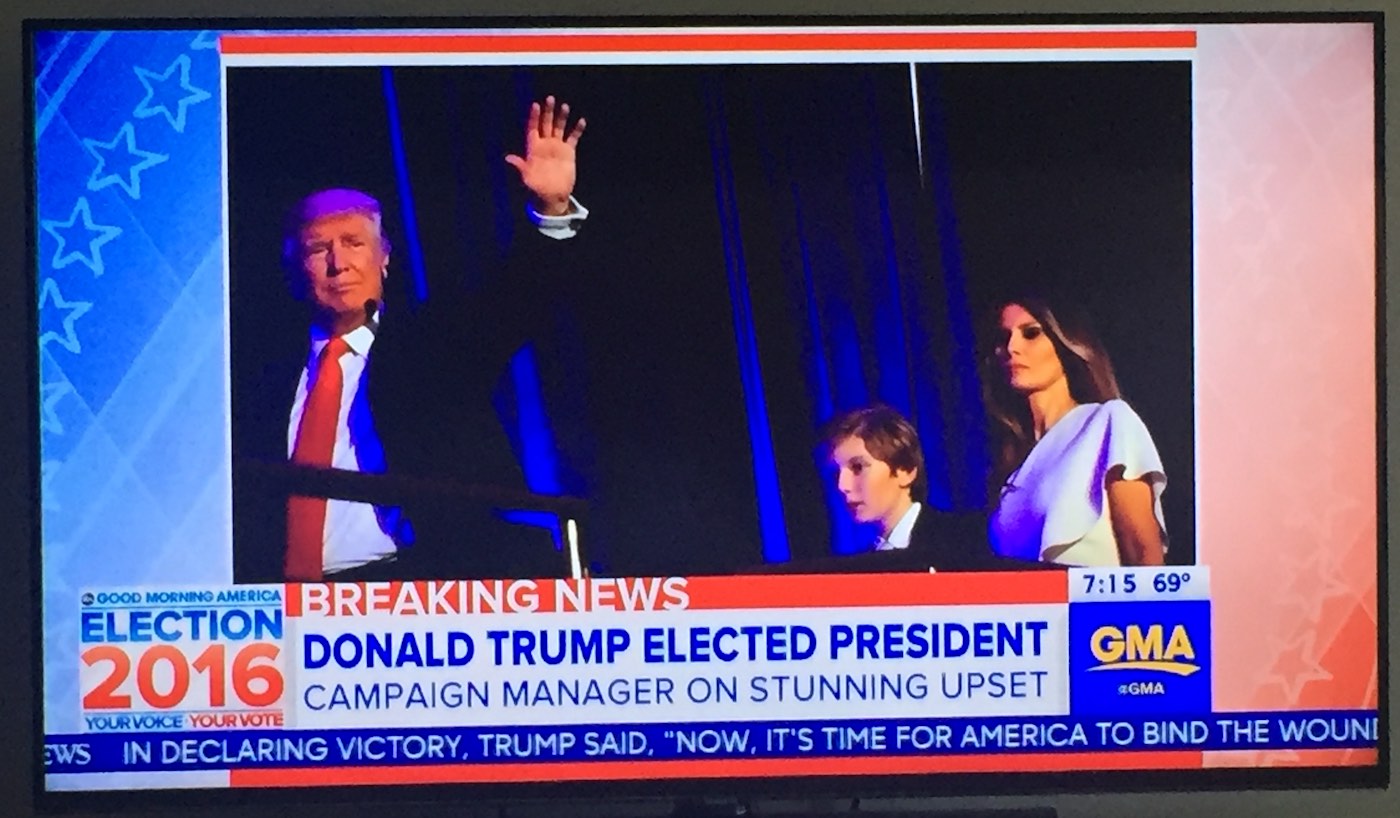
Spending a week travelling the length of California with a group of experts in space technology and its applications inevitably means your perspective is shifted from earthly matters towards the heavens or at least the Kármán line (100km up, where space officially starts).
The ten companies taking part in the mission do incredible things: building small satellites faster, cheaper and lighter; using lasers to beam data from space; measuring rocket fuel in zero gravity; deploying a nanosatellite constellation for cheap voice, instant and text message communication; alerting rescue services to crashed motorcyclists; running the world’s most famous satellite earth station and sending live HD video from the moon.
It’s clever stuff and it’s difficult to do. The hardware is going into space. There’s even a test called “shake’n’bake” which simulates the rocket journey and space environment - trying to shake it to bits, then heating and freezing. Ouch.
Don’t get me started on the software. Put it this way: kids, if you wanna do space stuff, pay attention in maths and physics!
Selected Highlights
The focus of this mission was the hunt for investment. Securing investment in a UK firm from US investors is notoriously tough.
Before getting on the plane each delegate went through an intense prep session: first the Satellite Application Catapult's Sprint programme followed by a two-day pre-mission workshop with pitch doctor, Annette Kramer (check out her top pitch tips) and feedback from investors including Seraphim Capital.
Our first VC meeting with Sunil Nagaraj at Bessemer Venture Partners put this training to the test and gave the group first-hand experience of an Silicon Valley investor. In one hour, 10 companies pitched, got quizzed and received feedback. An intense session that perfectly set the scene for the week.
Over the next few days the group rubbed shoulders with General Catalyst, Synapse Partners, StepOne, Naiss, TURN8 Innovation Fund, MIT Angel Network, GSV Asset Management, Seraph Group, Founders Fund, BMNT Partners and BootUP Ventures amongst others.
Other highlights included a session with NASA Ames Research Center. At a briefing in the shadow of the disused zeppelin hangar at Moffet Airfield, the group got a taste of the breadth of NASA’s research work.
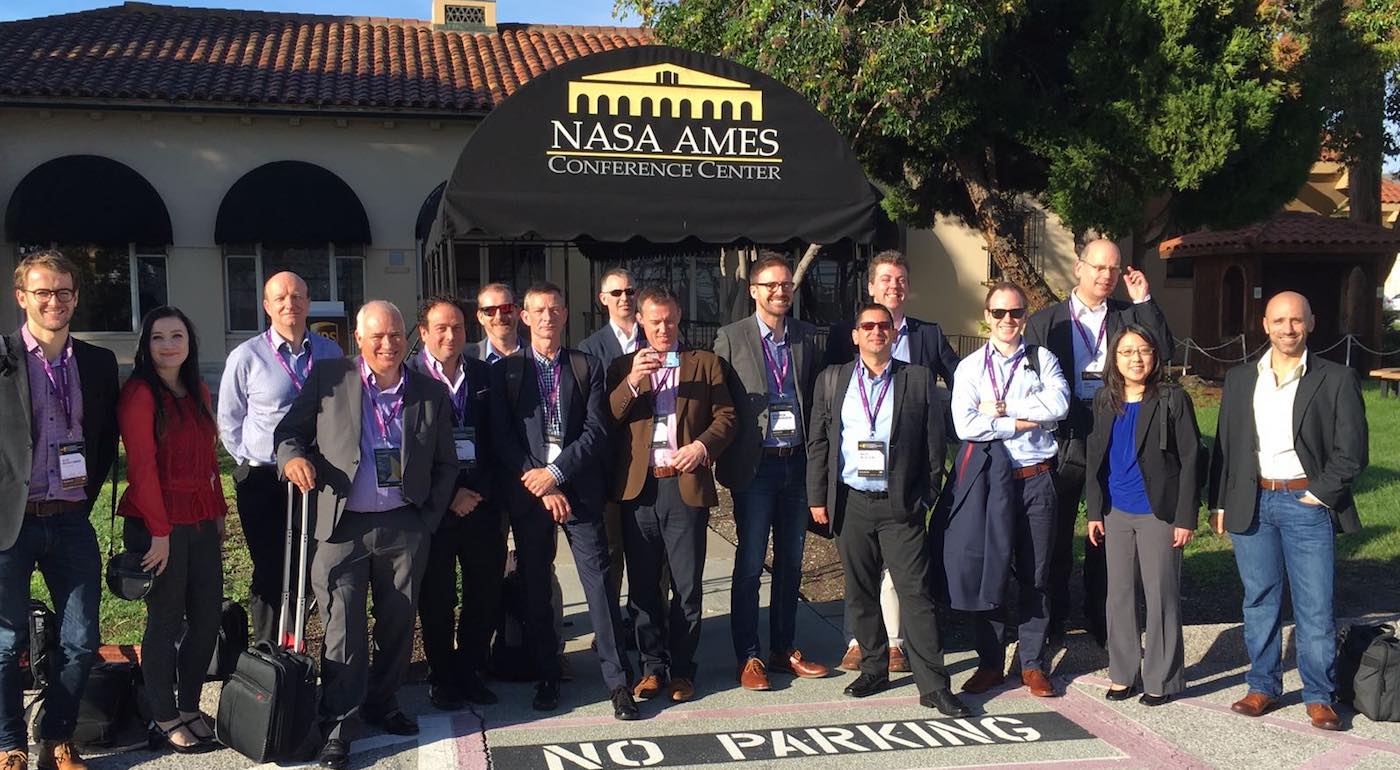
Plenty of space-related action, as you’d imagine, but the application of the technology to commerce is front and centre. Projects include work on electric cars and developing a campus that includes Singularity University and skyTran, developing high-speed personal elevated maglev trains.
Another eye opener was SRI International, formerly Stanford Research Institute a 2000 strong independent R&D centre that works with government and industry.
They also incubate ventures internally with a longer timeline than conventional venture capital investment. Silicon Valley VCs are tapped when it’s time to spin out the ventures with eventual profits ploughed back into research.
SRI’s history is as impressive as it is daunting. It was the first node on the forerunner of the Internet, the ARPANET whilst the domain name system started life in their labs. Recent spin outs include world-leading robot surgery company Intuitive Machines, Siri and Superflex, a “superhuman” fabric suit.
Our final meeting was with the team at the Virgin Galactic Launcher One rocket factory. There’s no way to write that sentence without a hint of #humblebrag. If I mention that they were in the middle of a chilli cook off when we arrived, it doesn’t get better, does it?
The choicest bit of kit in a rocket factory? One is a little spoilt for choice, but this DMG MORI’s room-sized 3D ‘printer’ and milling machine is the standout. It can ‘print’ and mill different types of metal using a laser, even blending them together. It’s still a prototype but there’s a whole maker community out there who’ll be slavering at the possibilities.
The Space Mission UK companies are testament to the UK’s engineering and entrepreneurial chops. Luckily we were joined by video whizz Ollie Graham who put together a video round-up of the mission.
Here’s a quick run-down of the companies in non-engineer speak. Their websites and the official Space Mission UK lookbook for more info.
Boom(s)! And Antennas
Oxford Space Systems who use carbon fibre in clever ways to create incredibly light antennas and booms for satellites and have just broken a record for the time taken to develop a product and get it into space, just 30 months.
Satellites for All
Open Cosmos, graduates of the Entrepreneur First accelerator programme, have created a one-stop shop for anyone who wants to launch a nanosatellite, for a few hundred thousand pounds, they’ll include your technology into a satellite, launch it and handle all the relevant licensing. Only a year old, their first satellite will be launched before the end of 2016.
Super-Fast Space Broadband
It’s not just slow broadband that’s a pain, getting data back from space is tricky thanks to slow radio links, weather patterns and this whole spinning planet thing. Archangel Aerospace are developing a platform using lasers to create the space equivalent of super-fast broadband.
Rocket Fuel, My Precious
Imagine you can only fill the petrol tank in your car once, then it’s welded shut. And there’s no fuel gauge. And it costs $160m. That right there, is the value of the rocket fuel on a satellite. Luckily, Atout Process have figured out a method to accurately measure fuel in Zero G.
Credit Card Sized Comms
Satellites are pretty useless if there’s no way to get the data back from them, a radio is a pretty crucial piece of kit and it’s the size of a laptop. e2E have developed a new version that manages to pack everything into a credit card sized package opening up a world of possibilities in space and for satellite applications.
Satellite Ground Station Famous
In 1962 the first TV pictures sent across the Atlantic were received by a giant dish on a 160 acre site in Cornwall. Goonhilly Earth Station is the world’s most famous ground station controlling and receiving data from satellites and missions to the moon.
Realrider to the Rescue
Falling off a motorbike is bad. Getting separated from the bike so the emergency services can’t find you is worse. Real Safe Systems, experts in road safety and crazy enthusiastic bikers, have developed REALRIDER an app that knows when a biker has crashed and uses satellite data to alert the emergency services. Live in the UK, it launches in Canada in 2017.
Space TV
Serial entrepreneur Charles Black is such a space nut, he chose the ticker symbol NASA for his IPO. Now running Sen, he’s developing optics to transmit live HD video of the earth from space with the moon and Mars in his sights.
Constellation of Nanosatellites
Sky and Space Global are building a constellation of nanosatellites to provide voice data and instant messaging to underserved populations around the globe at a fraction of today’s costs. Fronted by the former Head of Space Systems for the Israeli Airforce, the first three satellites launch next year with the full network live by the end of the decade.
Tackling Space Obesity
It’s not just a gentleman’s midriff where extra weight is a bad thing, any extra weight on a satellite adds thousands to the launch cost. Materials experts, TISICS can reduce the weight of metal components by up to 70% using metal matrix composites reinforced with its proprietary ceramic fibre. That’s clever space-age materials to the likes of you and me.
Space Mission UK are a series of entrepreneurial missions run by Innovate UK and produced by Chinwag. Keep an eye on future plans using #spacemisionuk hashtag and signing up for email alerts at http://spacemissionuk.org.
Header image (cc) NASA. Space Mission 3 pics available on Flickr. This post originally appeared on toodlepip.
Last Chance: Mayor of London's Smart Cities & CyberTech / FinTech Missions June 2016
Last call. Interested in European expansion? Is your company scaling up? Focused on Fintech / Cybertech / Datatech? Read on, for a trade mission that might be just the ticket.
The Mayor of London's International Business Programme (yup, quite a mouthful, but also very useful for London firms) is running a short European market visit in June. As the name suggestions, for fast-growing London-based tech firms.
Market visit to Latvia and Estonia
When: Tue 28th June - Thu 30th June
Where: Riga, Latvia & Tallinn, Estonia
Cost: £50+VAT
Estonia and Latvia are at the centre of the developing Baltic States market, the two countries are a gateway to doing business with Russia, Northern and Eastern Europe. Latvia is one of the fastest growing economies in the European Union and Estonia ranked 16th in the World Bank’s Ease of Doing Business index.
Companies attending the mission will have the opportunity to attend briefings, evening receptions and networking sessions in Riga and Tallinn, as well as B2B speed dating meetings in Tallinn.
The cost includes accommodation. Companies will need to arrange their own travel, but a group package is available.
For more info and details on how to apply: see the Market Visit flyer



